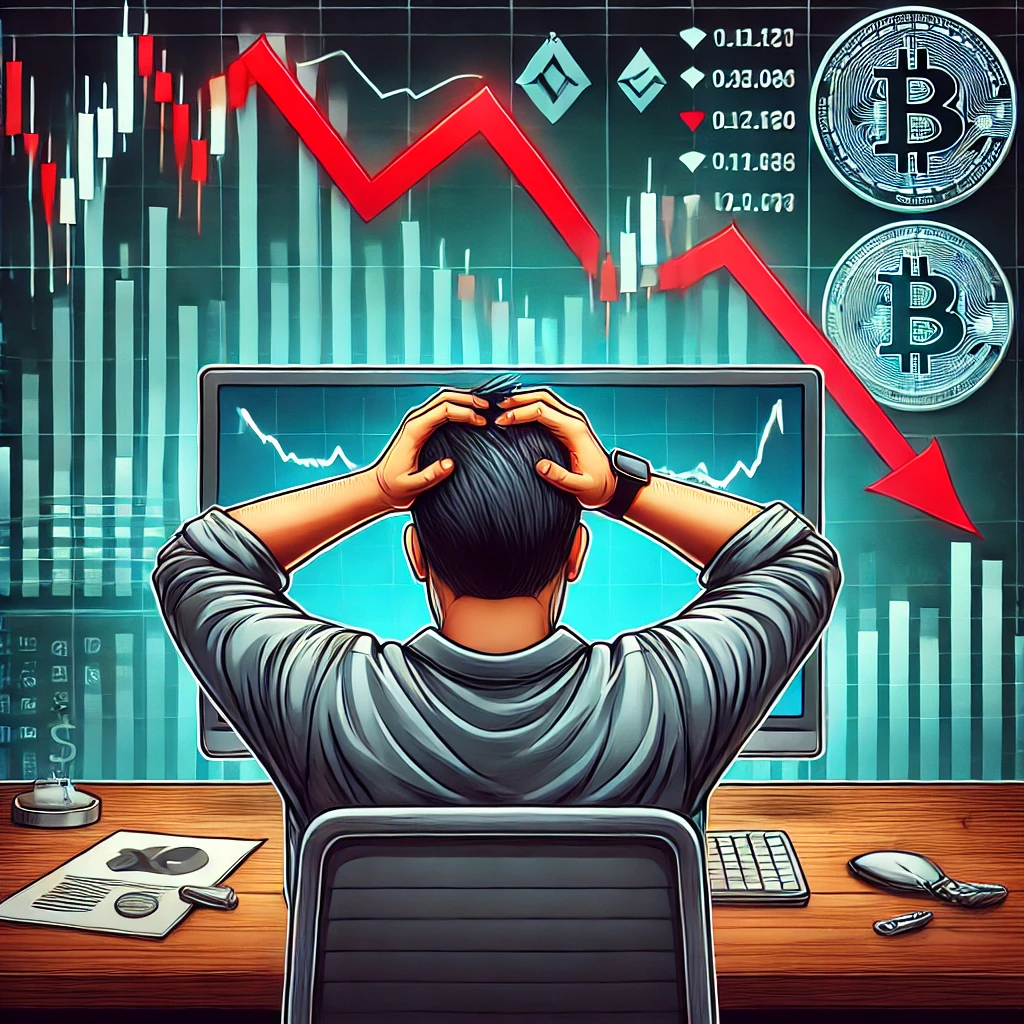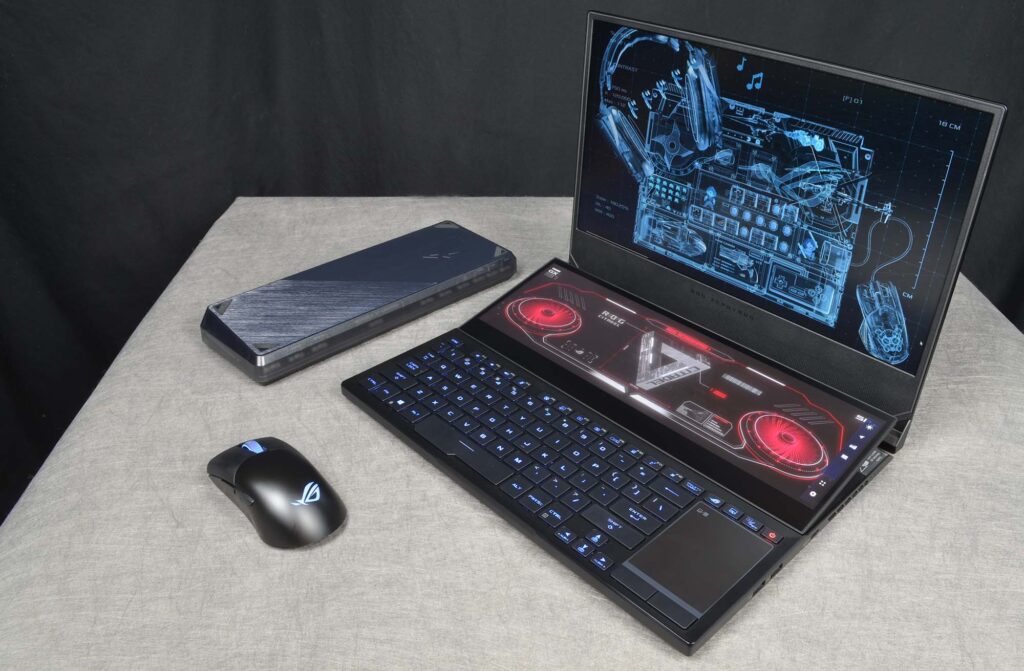The term rug pull scam has become synonymous with fraudulent projects that drain investors’ funds. A rug pull occurs when developers create a project, hype it up, attract investments, and then disappear with the money, leaving investors high and dry. With the rise of these scams, knowing how to identify and avoid them is crucial. This guide will walk you through 8 ways to spot a rug pull scam, so you can protect your investments and stay one step ahead.
1. Analyze the Team Behind the Project
One of the first signs of a potential rug pull scam is the team’s anonymity behind the project. If the developers and creators do not reveal their real identities or credentials, that’s a red flag. Legitimate projects often have transparent teams with verifiable LinkedIn profiles or prior experience in the blockchain space.
- What to Look For:
- Check if the team members have a presence on professional networks.
- Look for public interviews, AMA (Ask Me Anything) sessions, or blogs from the team.
- If you can’t find any credible information, approach the project with caution.
2. Check the Project’s Liquidity Lock
A rug pull scam often involves removing liquidity from the market, which renders the token worthless. Legitimate projects typically lock liquidity for a fixed period to ensure investor protection.
- How to Spot Issues:
- Use tools like Unicrypt or Team Finance to check if the liquidity is locked.
- Avoid projects where the liquidity pool is controlled by the developers or can be easily drained.
3. Evaluate the Smart Contract Code
Scammers often embed malicious clauses in the smart contract code that allow them to execute rug pulls. While not everyone can read code, you can use tools or hire experts to assess the contract.
- Key Risks to Watch For:
- Look for “minting functions” that allow developers to create unlimited tokens.
- Check for functions that let developers withdraw liquidity without restrictions.
- Use platforms like Etherscan or BscScan to review contract audits.
4. Be Wary of Overhyped Marketing
Aggressive marketing campaigns with exaggerated promises are often a hallmark of a rug pull scam. Scammers rely on FOMO (Fear of Missing Out) to lure investors into their project before disappearing.
- Red Flags:
- Unrealistic promises, like guaranteed returns or absurdly high APYs.
- Heavy reliance on social media influencers with no genuine project updates.
- Lack of transparency about the product roadmap or utility.
5. Investigate Token Distribution
In a rug pull scam, developers often hold a large portion of the token supply, giving them the ability to dump the tokens and crash the market.
- Steps to Investigate:
- Check token distribution charts on platforms like CoinGecko or CoinMarketCap.
- Look for wallets holding a significant percentage of the total supply.
- Avoid projects where developers have disproportionate control over tokens.
6. Examine the Roadmap and Whitepaper
A vague or incomplete roadmap is another warning sign of a rug pull scam. Legitimate projects provide a clear and achievable plan for development, while scams often use buzzwords without substance.
- What to Check:
- Does the whitepaper provide technical and financial details about the project?
- Are the roadmap milestones specific and realistic?
- Beware of projects that promise vague “future developments” without timelines.
7. Monitor the Community and Engagement
The community behind a project can tell you a lot about its legitimacy. Scammers often create the illusion of popularity through bots and fake engagement.
- How to Spot Fake Hype:
- Check if social media followers and Discord members are genuine or bots.
- Engage in project discussions—are questions being answered, or are concerns ignored?
- Beware of communities that ban users for asking critical questions.
8. Verify the Use Case and Utility
Legitimate projects solve real-world problems or offer tangible benefits. A rug pull scam typically has no real utility, relying solely on hype to inflate its value.
- Questions to Ask:
- Does the project have a clear use case, or is it just a meme token?
- Is there evidence of development, such as working apps or platforms?
- Does the project have partnerships or collaborations with reputable organizations?
Real-Life Examples of Rug Pull Scams
To truly understand the devastating impact of a rug pull scam, let’s look at some real-life examples that have made headlines. These cases highlight the tactics scammers use and serve as cautionary tales for investors.
1. Squid Game Token (SQUID)
One of the most infamous rug pull scams in recent history, the Squid Game Token was launched in 2021 and marketed as a “play-to-earn” cryptocurrency inspired by the popular Netflix show Squid Game. The token saw a meteoric rise, with its price skyrocketing from pennies to over $2,800. However, investors quickly discovered they couldn’t sell their tokens due to a “sell restriction” coded into the smart contract. Shortly after, the developers disappeared, taking an estimated $3 million in investor funds.
- Red Flags: No affiliations with the actual Squid Game production, anonymous developers, and lack of liquidity.
2. Evolved Apes NFT
The Evolved Apes project was marketed as an NFT collection with a promised play-to-earn fighting game. Investors purchased NFTs believing they were buying into a project with long-term potential. However, just a week after the project raised $2.7 million, the anonymous developer—known only as “Evil Ape”—disappeared with the funds. No game was ever developed, leaving NFT holders with worthless digital assets.
- Red Flags: No verified team, unrealistic promises, and no clear roadmap for game development.
3. Meerkat Finance
This DeFi project on Binance Smart Chain experienced one of the largest rug pulls, with developers draining over $31 million from the platform just 24 hours after it launched. The project claimed to be a legitimate yield-farming protocol, but the developers exploited a flaw in the smart contract to steal funds.
- Red Flags: Lack of audits, a rushed launch, and centralized control over funds.
How to Protect Yourself from a Rug Pull Scam
While the above tips can help you spot a rug pull scam, here are additional precautions you can take to safeguard your investments:
- Stick to Reputable Exchanges: Projects listed on major platforms like Binance or Coinbase undergo rigorous vetting processes.
- Diversify Your Portfolio: Avoid putting all your funds into one project, no matter how promising it seems.
- Use Independent Audits: Projects audited by credible third-party firms are generally safer.
- Avoid FOMO Investing: Take your time to research rather than rushing into investments because of hype.
Stay Vigilant
The world of cryptocurrency offers incredible opportunities, but it’s also rife with risks. Understanding how to spot a rug pull scam can save you from significant financial loss. By staying informed, analyzing projects carefully, and following the tips outlined in this guide, you can navigate the crypto space safely and confidently.
Bookmark this guide for future reference and share it with friends and fellow investors to help them avoid falling victim to a rug pull scam. The more informed we are as a community, the harder it will be for scammers to succeed.



